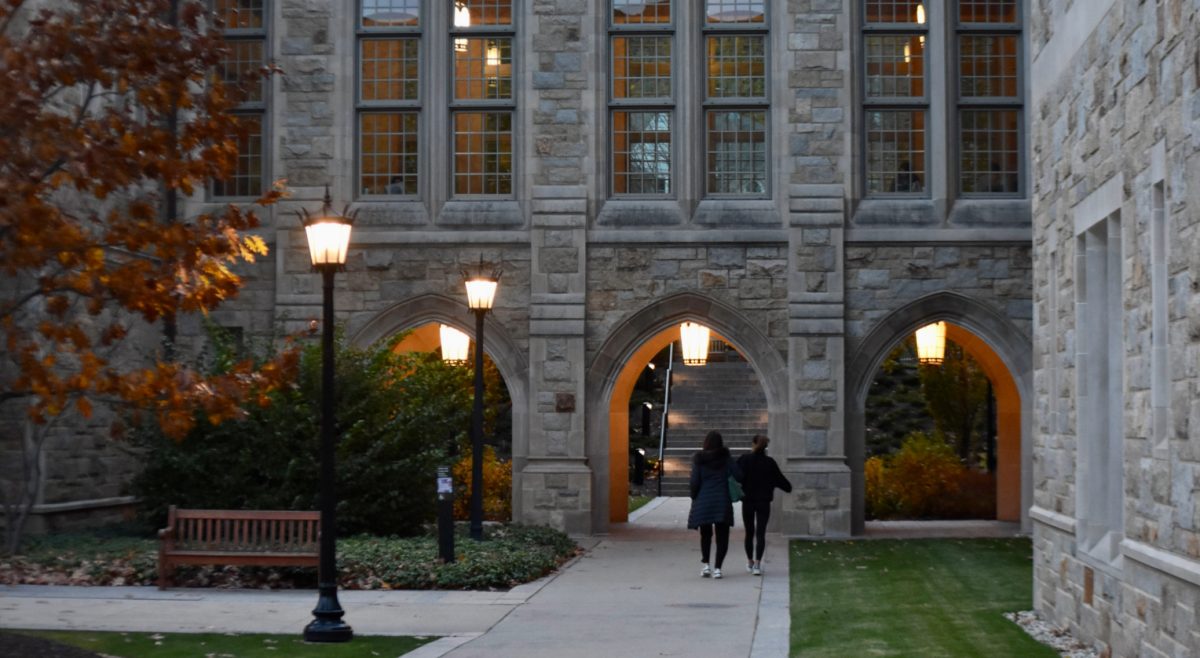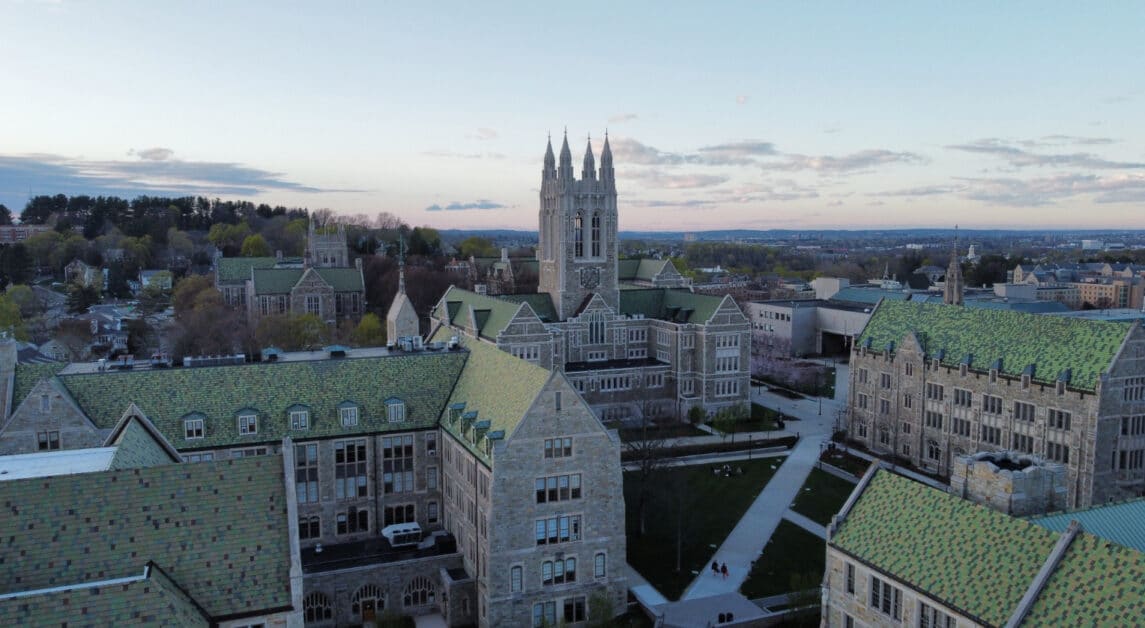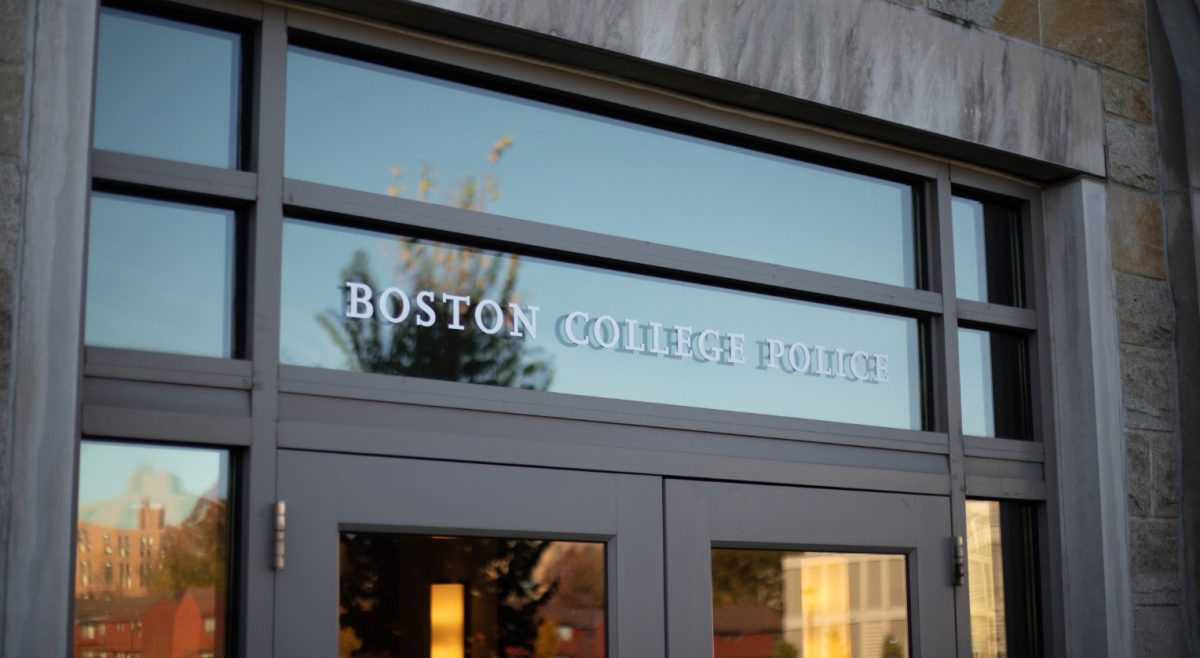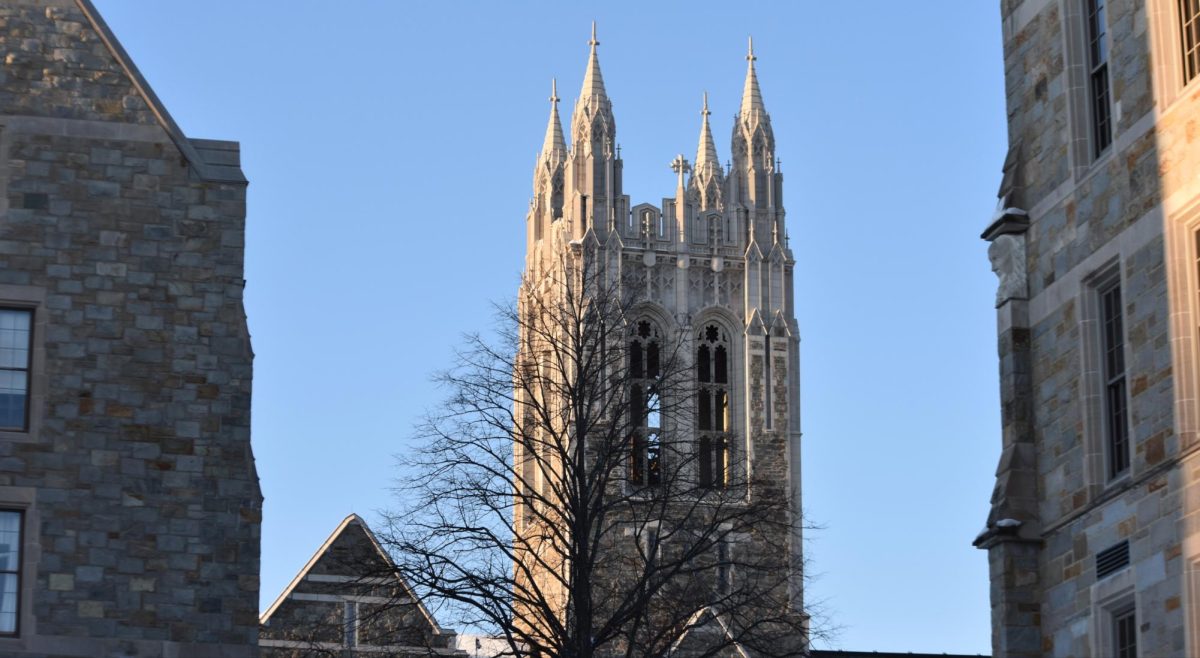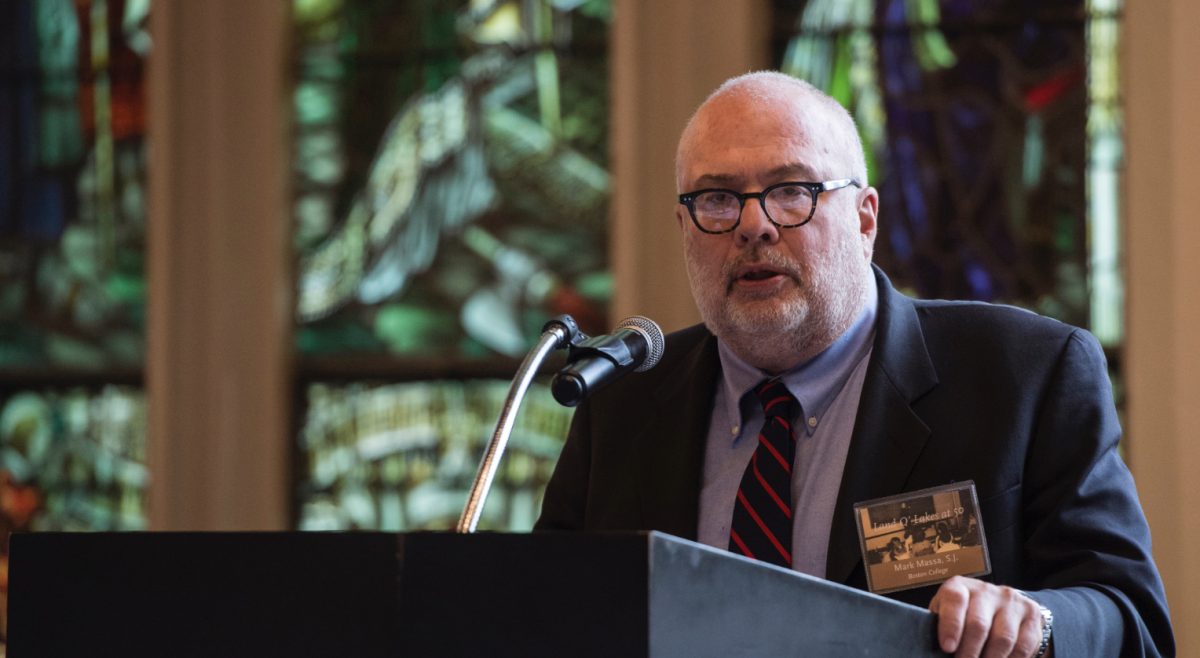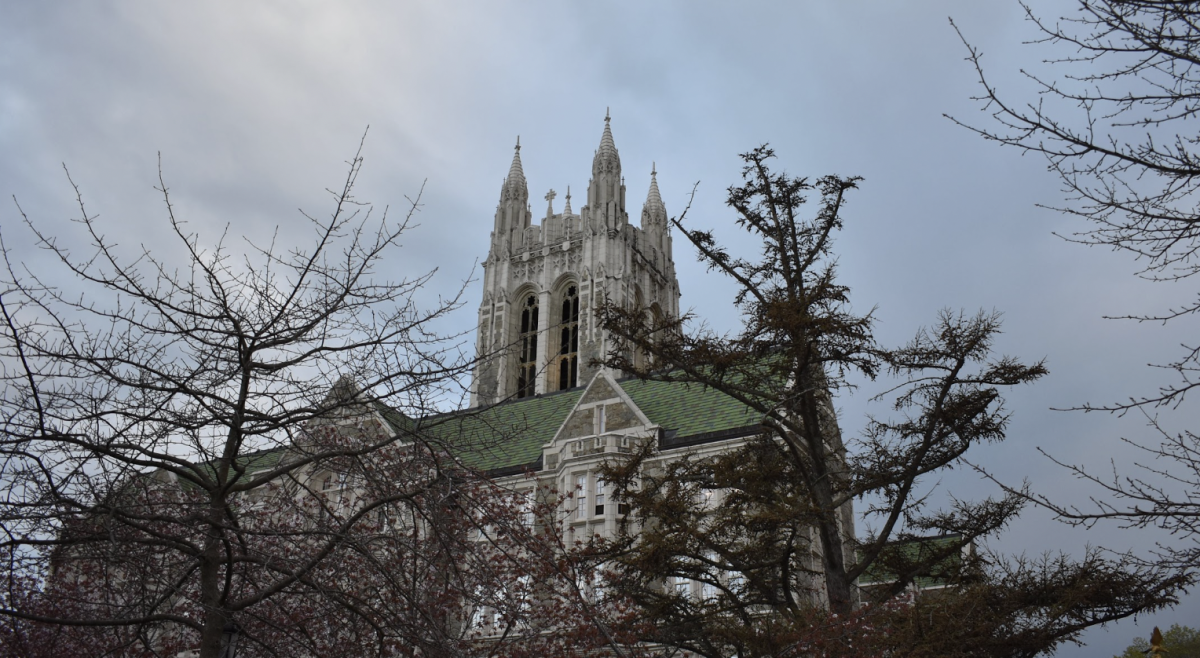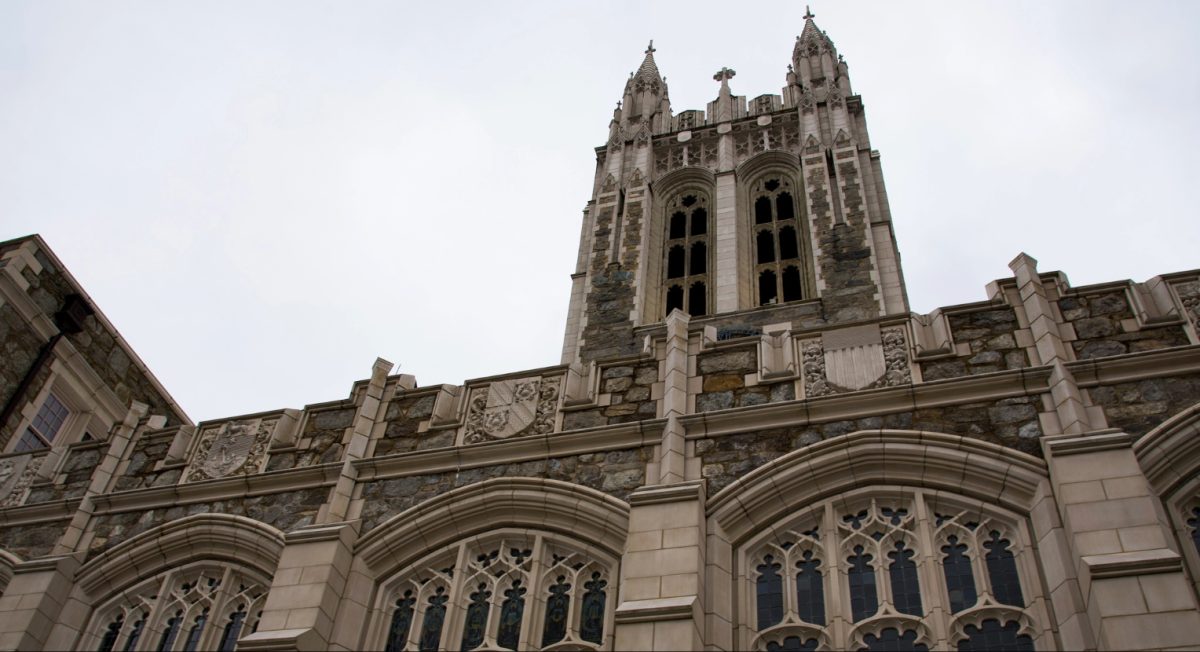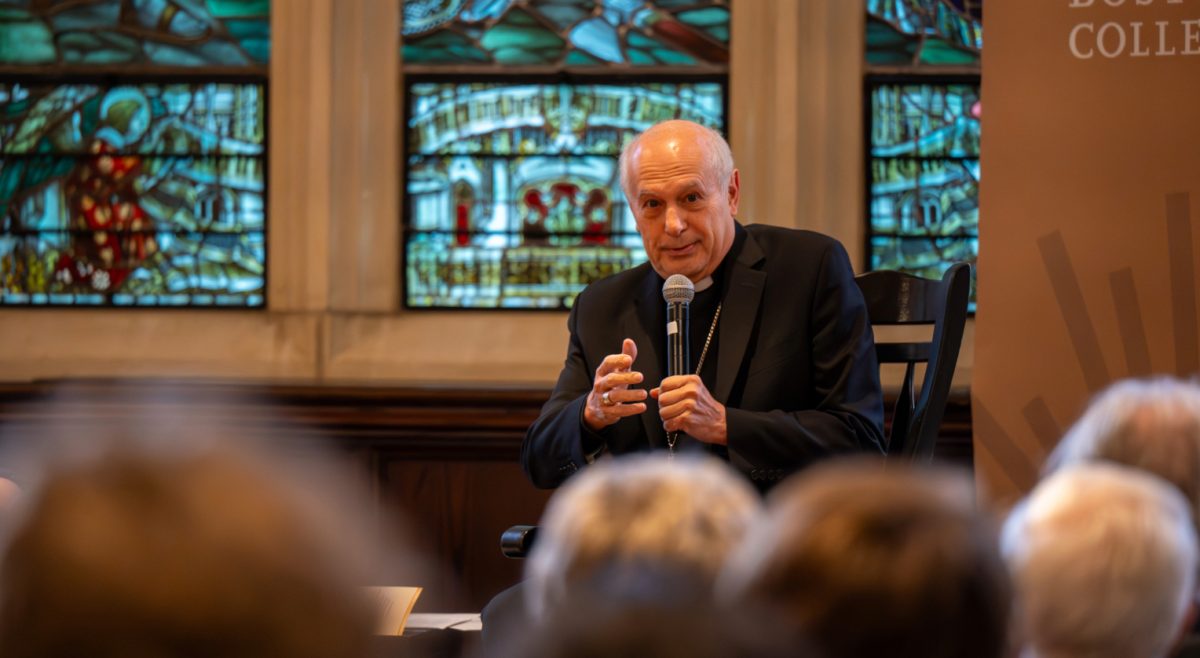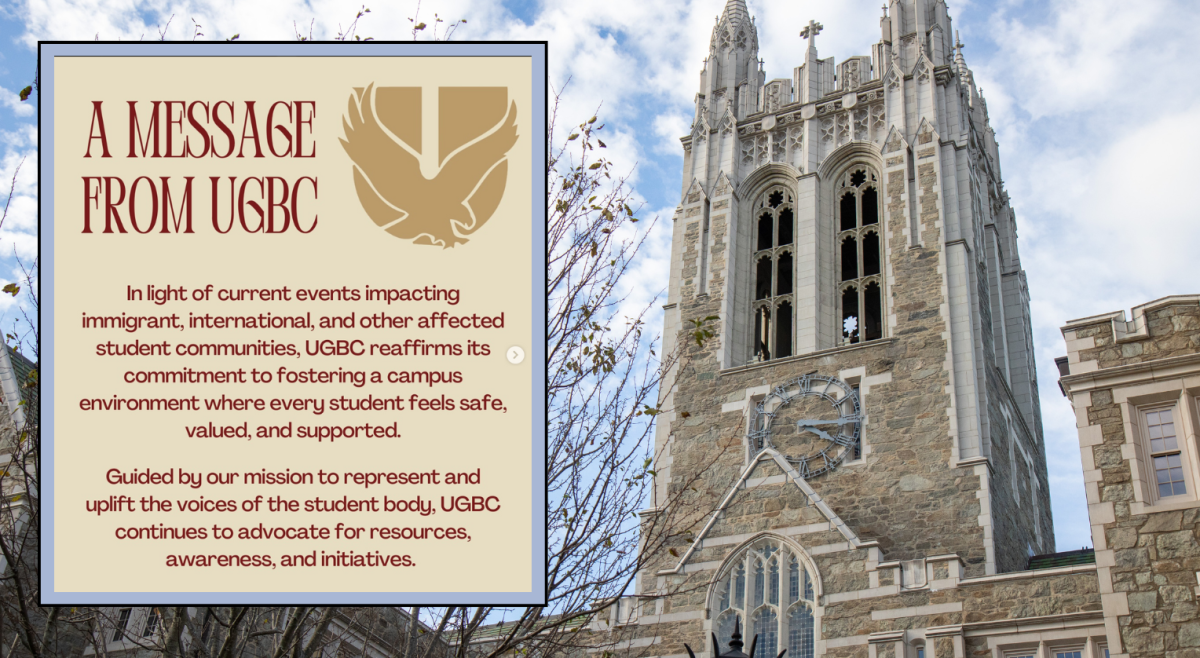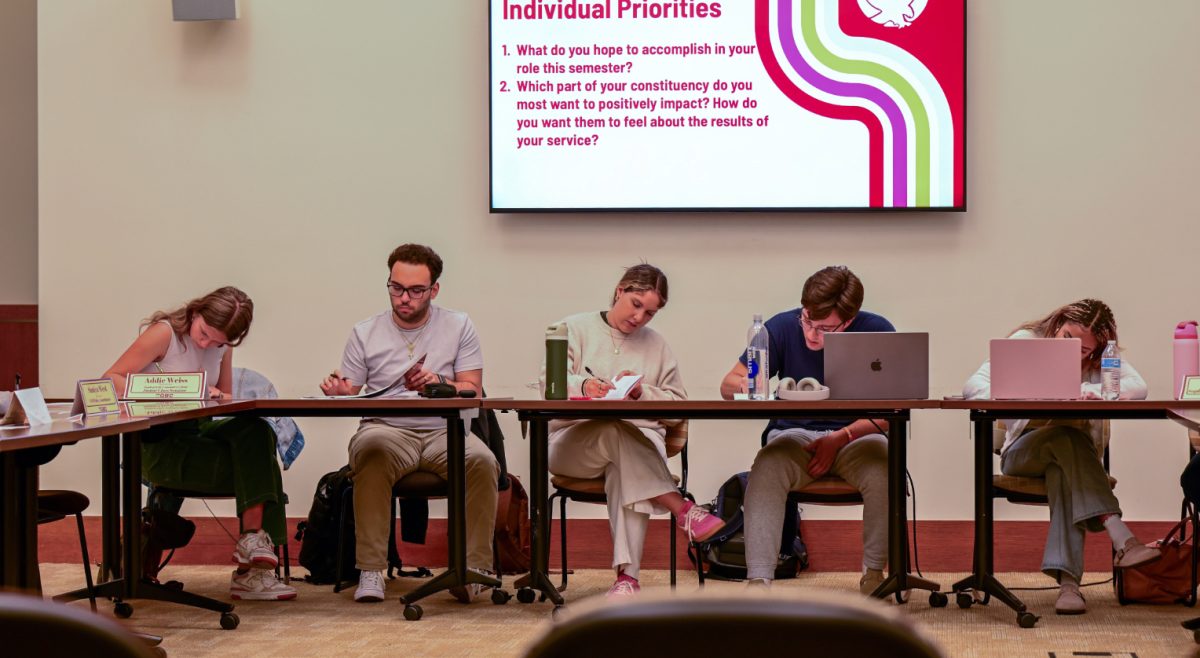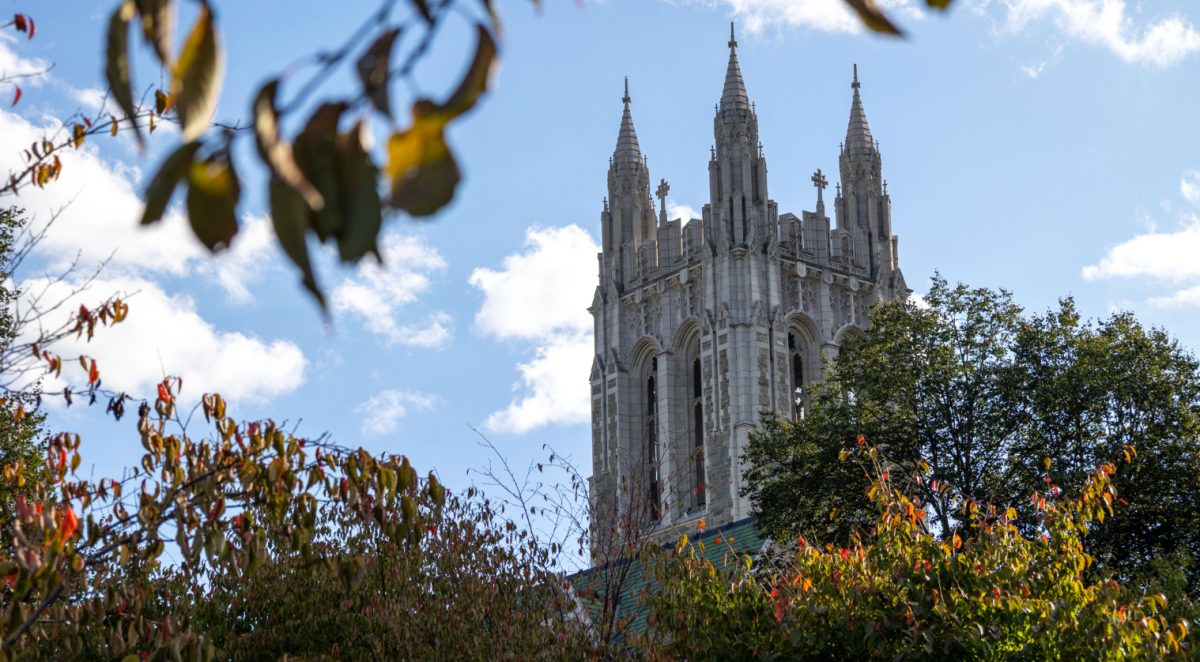Prominent administrators issued a letter on Nov. 20 outlining proposals to enhance diversity and inclusion on campus, following a meeting between eight student leaders and University officials on Oct. 30. In interviews this week, those students indicated that the question now on their minds is whether the administration can meet its proposals by implementing concrete changes.
The letter was signed by Vice President for Student Affairs Barb Jones; Provost and Dean of Faculties David Quigley; Vice President for University Mission and Ministry Jack Butler, S.J.; Dean of Students Tom Mogan; Joy Haywood Moore, associate vice president for Alumni Relations; Patricia Lowe, executive director for Institutional Diversity; and Dan Bunch, special assistant to the vice president for Student Affairs.
The letter states that the University will:
- “Implement a learning module on diversity and inclusion, similar to Alcohol Edu and Haven, which will be required of all entering undergraduate students.”
- “Develop a survey through the Office of Institutional Research to obtain information about how undergraduates experience Boston College in issues ranging from diversity and inclusion to residential living and classroom teaching.
- “Work with all eight schools and colleges to continue efforts to hire a more diverse faculty and recruit a more diverse student body.
- “Build on current programs for faculty and staff to enhance diversity and inclusive excellence in the classroom and across campus.
- “Continue conversations involving Student Affairs, Academic Affairs, Mission and Ministry and Human Resources to strengthen the culture of care and welcome at Boston College.”
“We had a very productive meeting with a group of student leaders selected by UGBC and we look forward to continuing the dialogue,” Mogan said in an email. “As mentioned in the letter we are confident that we can make some progress on some of the initiatives that we discussed and that we mutually agree are important to continuing to make BC a more welcoming and inclusive campus community free of racism and discrimination.”
The letter also takes note of various milestones that highlight BC’s progress toward higher levels of diversity, such as enrolling a record high percentage of AHANA students in the Class of 2021 (31 percent) and hiring a record number of tenure-track faculty of AHANA background (46 percent) in 2017. The letter says that these accomplishments are the result of “concentrated efforts involving the University President, Trustees, senior administrators, deans, alumni, faculty, and students.”
Before the events that gave rise to the meeting between administrators and student leaders, the letter notes that the University spearheaded a variety of initiatives directed at increasing cultural competence for students and faculty, such as the annual Diversity and Inclusion Summit, the renewal of the Core Curriculum, and inclusion programs such as MOSAIC and the Campus of Difference.
Franchesca Araujo, a participant in the meeting and MCAS ’20, feels that this response does not adequately address the problem at hand.
“I think it’s just an extension of the aversion that we’ve been experiencing up to this point,” Araujo said. “Though the ideas are nice, there are no specifics. We didn’t get any actual concrete action steps or timeline that we can hold them accountable to.”
Another student who participated in the meeting, Najat Goso, president of Boston College’s United Front and MCAS ’18, said she is waiting for the response “to be followed up with action.”
“While I am pleased with their [six] points to be tackled in the new BC Strategic Plan … I just hope to see progress when I become an alumni, because I will definitely be in tune with BC’s promises well beyond my graduation,” Goso said.
Although the Oct. 30 meeting consisted of only eight students, it took many more people to gain the administration’s attention, according to Akosua Achampong, UGBC president and MCAS ’18. She and other students were involved in creating petitions to improve diversity and inclusion before the “Silence is Still Violence” march, where they presented several demands of the school.
“What was sad about it in the end is that nothing we put in there was revolutionary,” Achampong said. “We’ve done all this work to ask for things that should already be.”
For Achampong, this letter seems to be the first formal response that the administration has ever had to a student-made petition. Similarly, Goso feels that the letter showcases that administrators are listening to the student body and strongly considering its concerns.
“It’s not that the administration doesn’t care,” said Michael Osaghae, vice chair of the AHANA+ Leadership Council and MCAS ’20. “It’s that it’s not as transparent as it should be to people who are not as active in UGBC or prominent culture clubs where they’re able to have a voice.”
Goso agreed with Osaghae, noting that not many students have the privilege of communication with high-level administrators. She also believes that the student leaders present at the meeting had the means to circulate the information about what happened during the meeting to the public, displaying the relationship between the administration and the students.
Furthermore, Achampong challenged the misconception that the administration is racist. She argued, instead, that structural problems lead to institutional racism and the discrimination of marginalized populations.
“[BC is] institutionally racist because it is a predominantly white institution, built in America,” Achampong said. “The foundations of this nation don’t necessarily allow for structures to move in the way of equity for a lot of marginalized groups.”
She praised some administrators for “genuinely caring” about the wellbeing of students and working toward tangible change and difference, noting Mogan and Jones.
“I think BC is trying to head in the right direction, but what is important for the University to realize is the BC community, for the most part, is fueled with a different kind of passion than I have seen before, so they must prioritize bringing these proposals to fruition,” Goso said.
Students said they are tired of what Achampong called the “cyclical” dialogue of the University, which forces students to have conversations on diversity and inclusion with the administration frequently.
“They are here just to be students, but they are taking up other mantles just to be students for others within their own campus,” Achampong said. “Work can be lost by doing this.”
“We want to be able to graduate from BC … and say ‘I was so proud to go there’ because they embodied all of things they said they did when I signed up to attend this University,” Achampong said.
Featured Image by Julia Hopkins / Heights Editor




